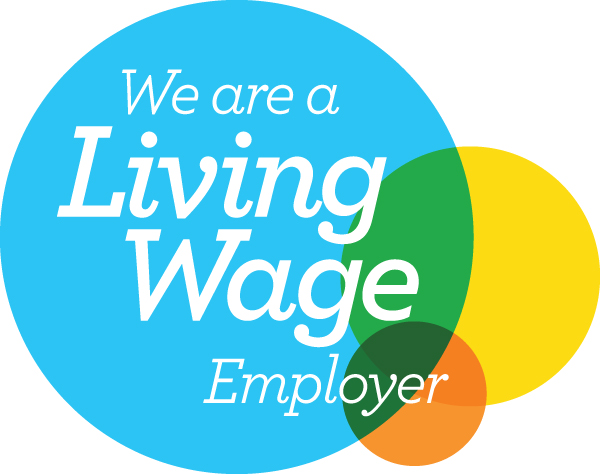The national living wage, real living wage, and minimum wage explained
17 Jan. 2023
UK labour laws exist to protect you and other workers against exploitative work.If you’re entering the workforce for the first time, understanding your rights as a worker will help you safely navigate the job market and find uplifting work that enriches your life. Here we will breakdown the differences between the national living wage, national minimum wage and a real living wage.
What is the national living wage and who gets it?
The national living wage is a legal requirement for all employers. It dictates the statutory hourly pay for every employed person in the UK who is over the age of 23. Currently, this rate is set to £9.50.
If you are approached by an employer who is offering less than this hourly rate, they are running their business illegally and can potentially face a fine of up to £20,000 per worker. If you are ever unsure about the legality of an offer of employment, don't be afraid to seek help from organisations like Citizen’s Advice who are here to help young people thrive in the workplace. After all, your rights matter, and proper compensation for the work you do needs to be protected.
It is also worth noting that the national living wage is set to rise to £10.42 from the 1st of April 2023.
What is the minimum wage?
The national minimum wage concerns everyone in employment under the age of 23. This age group earns slightly less under the assumption that they have fewer economic burdens than older generations.
But there is similarly good news for young people. From April 2023, all age groups will receive a 9-10% pay rise alongside the increase in the national living wage.

What is the real living wage?
Whereas the national living wage is written into law by the Government, there is also a ‘real living wage’ which is a rate of pay determined by The Living Wage Foundation (LWF). This organisation assesses the average energy costs, food bills, and other necessary expenditures to produce an aspirational rate of pay that employers can voluntarily choose to offer their staff.
In November 2022, The Living Wage Foundation recommended to employers an extra £1 per hour to add to the pay packets of their employees. This makes a considerable difference when we look at the yearly summation of both a national living wage and a real living wage. Where a worker in full-time employment on the national living wage would earn an annual figure of around £20,319, the same hours worked compensated at the real living wage would bring in about £21,255. And, since the LWF factors in regional costs, this would climb to £23,303 for workers living in London.
Knowledge of the real living wage should empower you to seek out what we know is a secure, livable salary. You can refuse to settle by finding out who pays the real living wage and choosing to work for one of the 11,000 organisations that commit to this for their employees.









.png?width=1709&height=843&ext=.png)
.png?width=1165&height=190&ext=.png)

